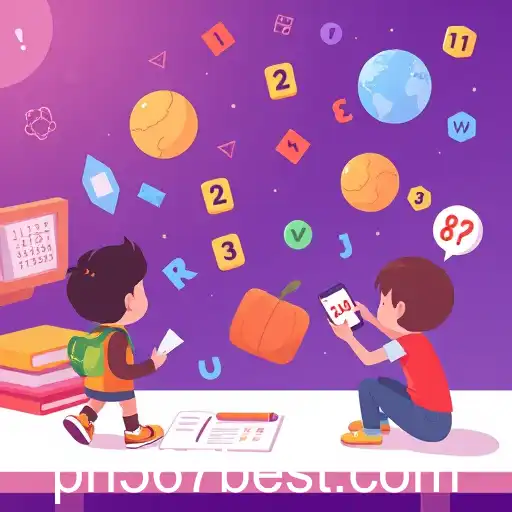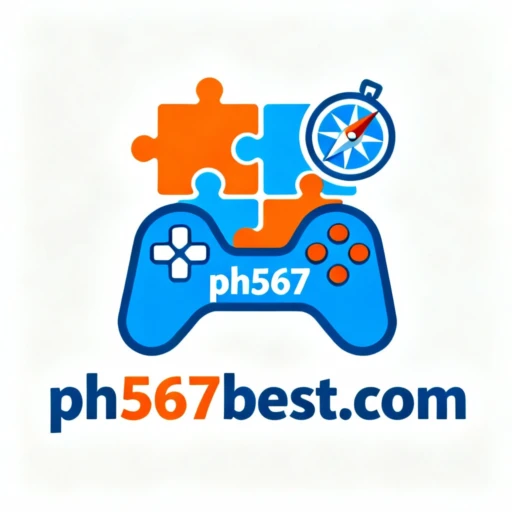ph567 | Exploring the World of Educational Games: Engaging Learning through Play

In recent years, educational games have gained significant prominence as an innovative approach to learning. With the keyword 'ph567' symbolizing this growing trend on various platforms, educational games offer a unique blend of interaction, instruction, and engagement. They cater to a wide range of subjects and ages, making them a versatile tool for educators and parents alike.
The essence of educational games lies in their ability to make learning both interactive and fun. By incorporating elements of gamification, these games transform traditional educational content into lively challenges and adventures. This approach not only captivates the interest of learners but also enhances their retention and understanding of complex concepts.
One key advantage of educational games is their adaptability to individual learning styles. Unlike conventional classroom settings, where a one-size-fits-all approach might prevail, educational games can be tailored to meet diverse educational needs. Whether it's improving mathematical skills, enhancing vocabulary, or understanding scientific phenomena, these games provide targeted practice and feedback, enabling learners to progress at their own pace.
Moreover, educational games often utilize multimedia elements such as animations, sound effects, and interactive storytelling, which contribute to a more immersive learning experience. This sensory engagement helps to strengthen cognitive connections and sustain attention, ultimately leading to better learning outcomes.
Aside from their application in formal education, educational games also thrive in informal learning environments. Many parents turn to these games as supplementary educational tools at home, where they offer a valuable opportunity for children to extend learning beyond school hours. This approach reinforces classroom learning while also encouraging self-directed exploration and curiosity.
Furthermore, educational games have also evolved to incorporate cutting-edge technologies such as virtual reality (VR) and augmented reality (AR). These advancements allow learners to experience realistic, immersive simulations that can enhance understanding through practical, hands-on experiences within a safe and controlled environment.
Despite their numerous advantages, the successful integration of educational games into learning curricula requires careful consideration. Content must be age-appropriate, culturally sensitive, and aligned with educational standards to ensure it complements rather than disrupts learning objectives.
In conclusion, educational games—characterized by the keyword 'ph567'—present a transformative approach to knowledge acquisition. By merging play with education, they create an enriching environment where learners can develop essential skills while enjoying the process. As technology continues to advance, the potential of educational games will only expand, promising even more innovative and effective learning experiences for future generations.



